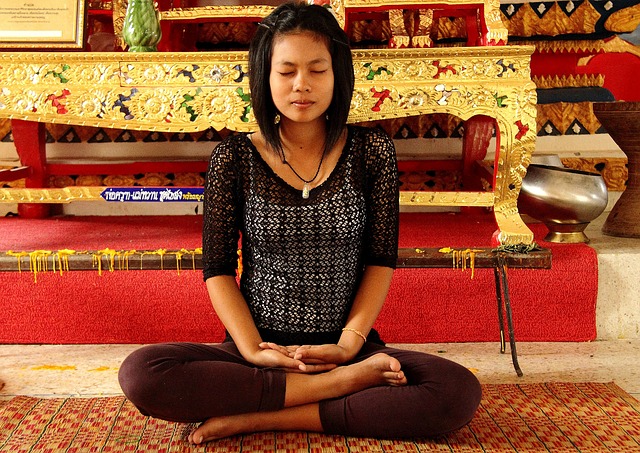Diana Winston, Director of Mindfulness Education at MARC (UCLA), offers a unique perspective on developing mindfulness through breathing. In her meditation podcast, she introduces the idea of breathing with the earth – expanding consciousness of our own breathing to connect with the earth’s breath. She encourages us to deepen inner awareness of our breathing and, from this foundation, expand our outer awareness to connecting with every living creature and the earth’s breath. The process develops a sense of connectedness, calm and wonder.
The earth’s breath
Diana begins her meditation podcast by playing a video from Chilean artist, Glenda Leon. The video artistically depicts (with an embedded breathing sound) the earth breathing. Glenda has titled the video Cada Respire (Tierra), which is Portuguese for every earth breath. Diana suggests that as you watch the video you attune your own breathing to the sound of the earth breathing as depicted in the video.
In an article titled, The Earth Has Lungs. Watch Them Breathe, Robert Krulwich (writing for the National Geographic) highlights the NASA time lapse video depicting an “unimaginably vast planetary breathing system” over the cycle of a year. As the seasons change around the world, the growth of trees and their leaves (numbered in their trillions) act as the lungs of the earth breathing in carbon dioxide and releasing life giving oxygen. Robert highlights the fact that every leaf on every tree has thousands of “little breathing tubes called stoma” which enable the leaf to take in air from the outside. He uses a photograph by Robert Dash to illustrate the stoma on the surface of a leaf which has been magnified 150 times.
John Denver in the song Tremble If You Must recalls that “the trees are just leaves on a big breathing globe”. Eva Cassidy, in her amazing rendition of the song What a Wonderful World, reminds us that as we reflect on the ordinary things in our life, we can experience wonder if we open our eyes and minds. As we expand our consciousness of our breathing to that of the earth’s breath, we can experience connectedness and calm through awareness of the reality that surrounds us.
Breathing with the earth
Diana’s guided meditation provides a way to focus on your own breathing that serves as a gateway to breathing with the earth. For a start, she suggests that you become aware of your own breathing, focusing on your in-breath and out-breath wherever you can experience the act of breathing in your own body. This may be the air passing through your nose or the undulations in your abdomen or chest as you breathe in and out. You can expand this inner awareness to lower-belly breathing with a little practice.
Diana guides you to explore your breathing further by doing two things, (1) focusing on other parts of your body as you breathe, and (2) exploring the path of a single breath. She suggests that this expanded awareness can begin with focusing on parts of your body other than your torso to observe the sensations that accompany your breathing to see if their movements are attuned to your breathing, e.g. tingling in your fingers or feet. This can then be followed by observing the movement of a single breath through your body (if you cannot capture the explicit sensation, you can imagine this flow).
If you find that you become distracted from your focus on your breathing, you can let the thoughts or feelings pass and return to your breath. This requires discipline but will increase your capacity to focus over time. Once you have become grounded in your own breathing you can expand your awareness to the earth’s breath.
One way to consciously breathe with the earth is to envisage the earth breathing (aided by the earth breath video introduced above). This will build a strong sense of connectedness to the earth. You can then expand your awareness to the breathing of other people and every living creature on the earth.
What can strengthen your capacity to connect with the breath of the earth is to stand on the ground outside your home and feel the sensation of the earth’s movement, being conscious of the trees and plants and their life-giving breathing.
As we grow in mindfulness through mindful breathing, we can develop our inner awareness, enhance our external awareness, learn to breathe with the earth and build a sense of calm and connection to every living thing.
____________________________________________
By Ron Passfield – Copyright (Creative Commons license, Attribution–Non Commercial–No Derivatives)
Disclosure: If you purchase a product through this site, I may earn a commission which will help to pay for the site, the associated Meetup group and the resources to support the blog.



